How Long to Ventilate After Painting?
Learn how to keep the air in a room fresh and breathable if you are painting in there
Whenever you are doing any painting project in your home, you need to make sure that the room you are painting in is thoroughly ventilated and aired.
It will help you to get rid of the smelly paint fumes that don’t only smell annoying but also can be harmful to your health when inhaled.
This is why in this article, we are going to explain how to ventilate a room correctly if you are painting in it, as well as many other things and nuances that come with this issue.
For example, one of the things you will learn is how long a room needs to be aired in order to remove all the paint fumes from it. Also, we will tell you about several most common ways of ventilating a room except for opening windows and doors, or using fans!
Finally, you are going to learn a few handy tricks that will help you to get rid of paint fumes quickly and effectively.
Related: Is Paint Combustible? Detailed Guide
How Much Time Does It Take to Ventilate a Room After Painting?
When you are up to any home painting project, you surely want to know at least approximately how long it will take you to air the room and get rid of the smelly paint fumes.
At this point, you need to take the following information into consideration:
- a standard paint can take from 14 to 24 weeks for the fumes to completely dissipate.
- oil paint may take up to two months to cure
Of course, waiting from two to four months sounds like way too long. This is why it is recommended to speed up the process a bit by using handy tips and paint ventilating methods. The most reliable way is by properly ventilating the newly painted room.
Ventilating a freshly painted room is a must because of a few other reasons. One of them is that paint fumes are not good for our health. This is why it is best to wait at least two to three days for the paint to dry and the fumes to subside.
If you have children with breathing conditions and elderly people in your household, make sure that they avoid long exposure to fumes that result from interior painting. In this case, it may mean waiting for several days before moving back into a freshly painted room.
There is also another point of concern for the homeowners: how soon is it allowed to sleep in a freshly painted room?
In general, it is safer to wait about 24 hours for the paint to dry fully and the fumes to go out of the room before you start sleeping in it again.
If you don’t wait long enough and the paint will not have enough time to dry, it might cause you or your children to have headaches, nausea, or sinus discomfort – all because of inhaling the fresh paint fumes for an extended period of time.

vika-pavlyuk via crello
Related: 65+ Benjamin Moore Exterior Paint Colors
Table of Contents
How Do I Get Rid Of Paint Smell Fast?
When airing a freshly painted room, you might want to speed up the ventilating process, especially if you had to move out of the room for the time it was painted.
And if just opening the windows and door to air the space doesn’t seem much effective to you, we can suggest a few alternative methods that you definitely might find helpful!
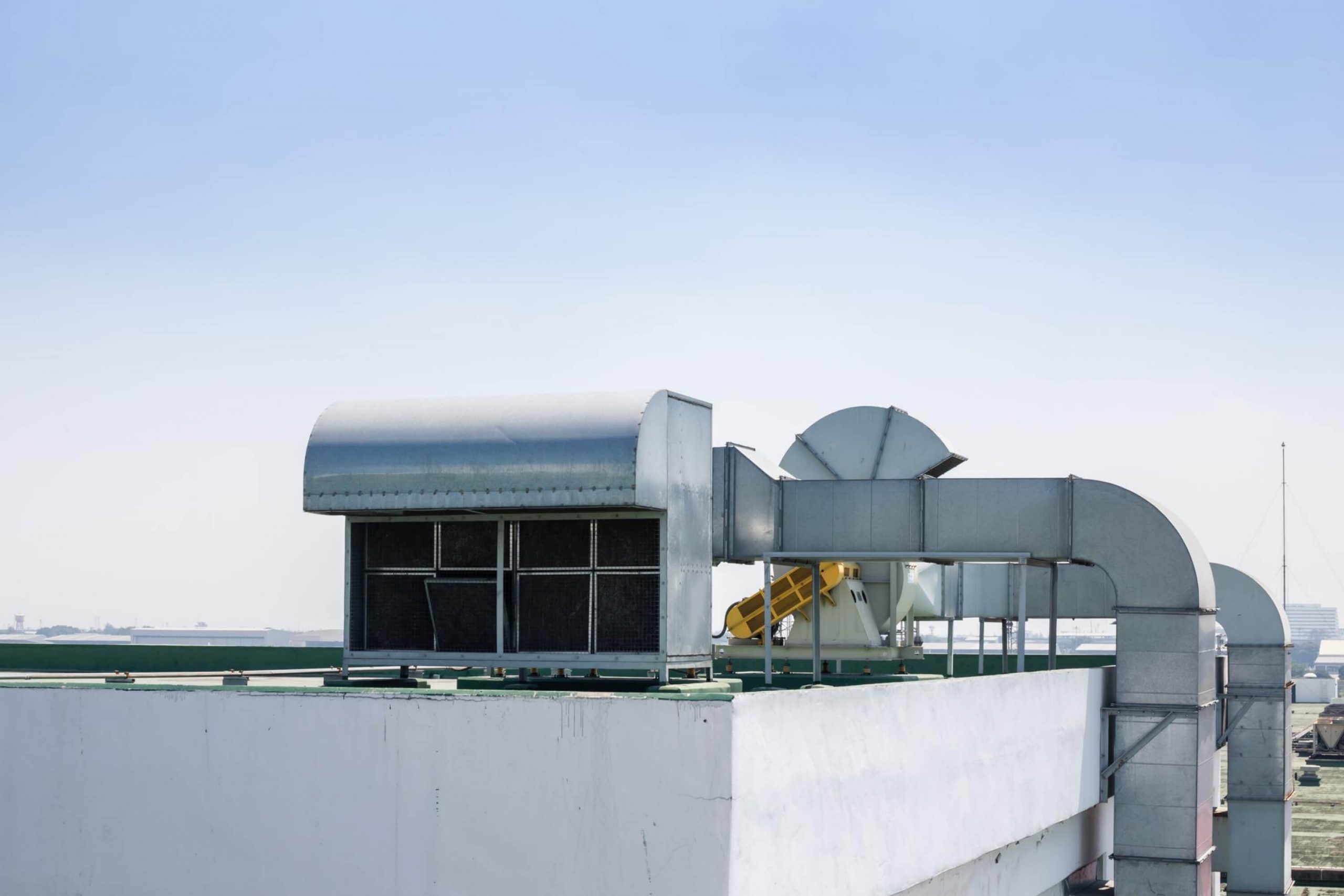
coffeekai via crello
Place Buckets With Water
This may not sound like the usual way, but buckets filled with water and placed in the newly painted room can really become handy! Just give them a try.
The water will absorb the paint fume and thus help you get rid of the odor quickly. You will literally not have to do anything!
Get a Bag Of Activated Charcoal
Most of you definitely heard about how powerful activated charcoal is in eliminating unpleasant odors. It works like a sponge and absorbs the unwanted smell and traps them.
While regular charcoal can work the same way as activated charcoal, the latter works faster because it has a more porous texture. As a result, activated charcoal would serve you as a trap for bad odor.
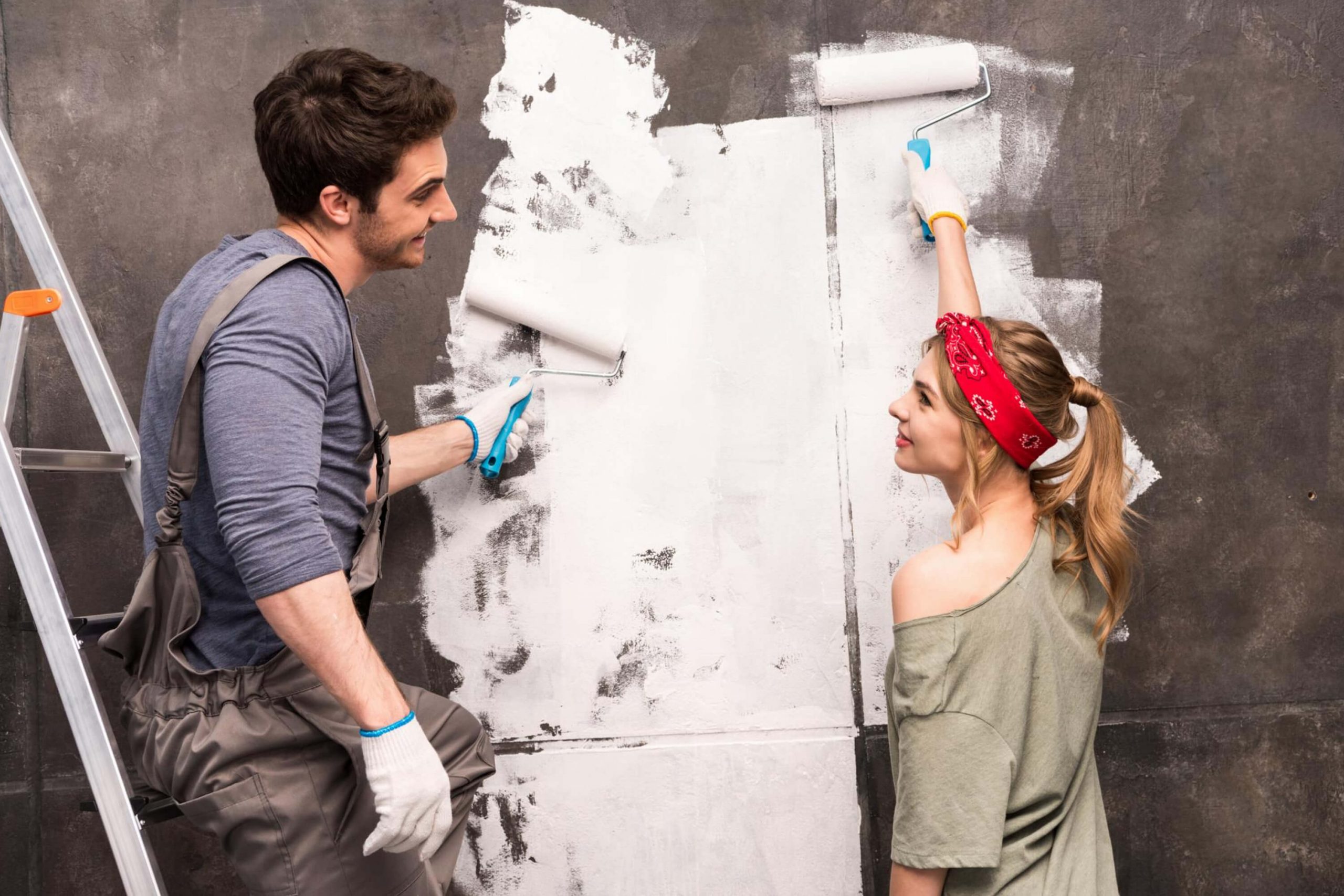
DmitryPoch via crello
Set Bowls Of White Vinegar Around the Newly Painted Room
Vinegar contains acetic acid, which is able to neutralize the molecules that carry unpleasant odors. This is why, if you place a few bowls filled with white vinegar around the room that has recently been painted, and you let them stay there overnight, the strong paint fumes will surely go away.
Place Cut Onions
Onion is one of the things in your kitchen that can be very helpful in eliminating paint fumes and strong paint odor. Of course, onions also have quite an odor as you all know!
However, it turns out that they produce special chemicals that can cope with the chemicals from paint that is responsible for producing that strong smell. Simply cut a few onions and place them in the corners of the painted room.
Now you know how fast it is possible to ventilate a room after it has been painted, and what tricks and life hacks can be handy in case you want to speed up the process a bit and make the air in that room breathable again!

How to Ventilate a Room While Painting?
Speaking of paint fumes ventilation, it is important to not only air the room after you apply the paint. It is the same essential to ventilate it while you are painting.
Below, you can find the most common ways of room ventilation that might be helpful:
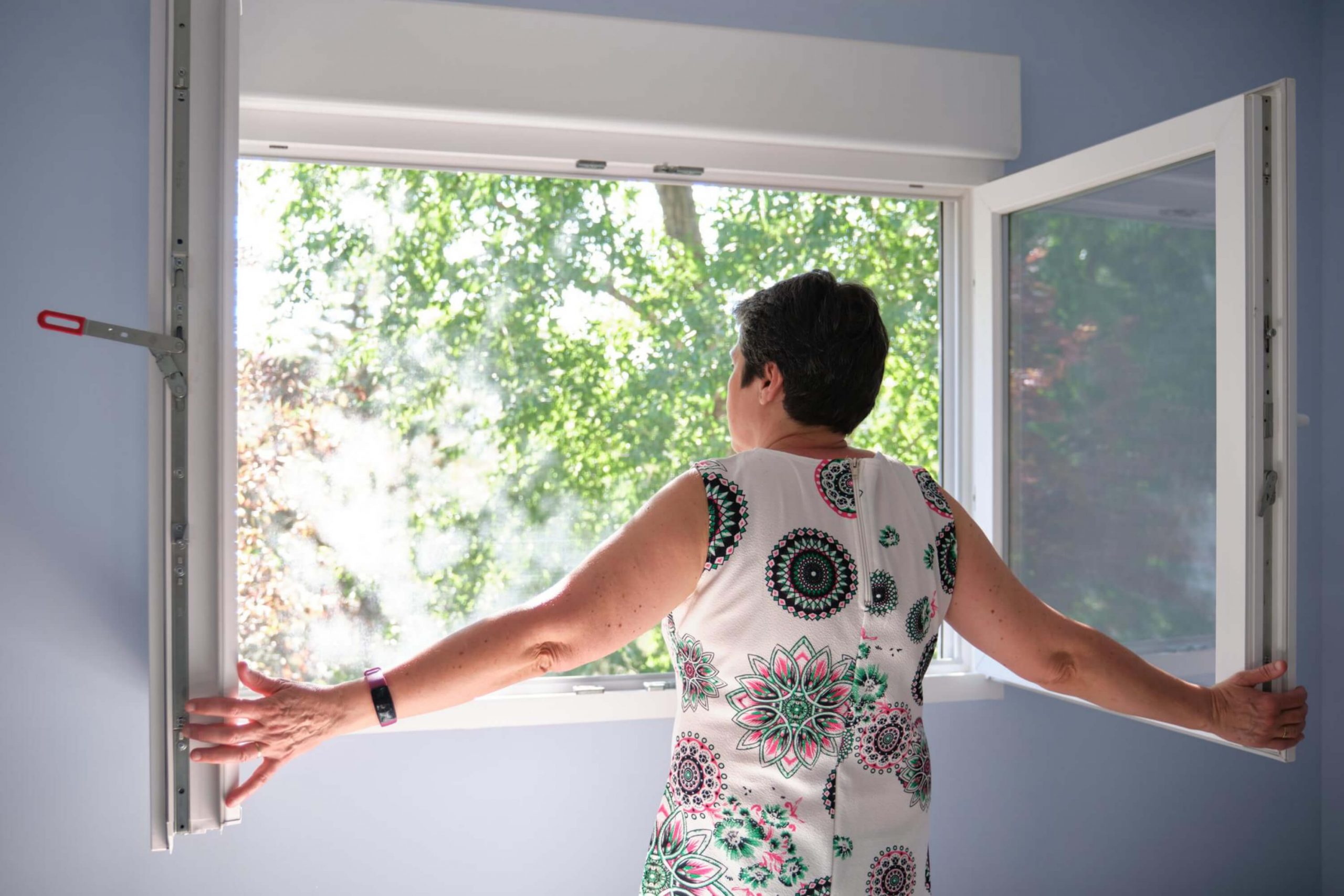
Ladanifer via crello
Open the Windows and Doors
The most common way to air the room properly and thoroughly is to open the windows and doors while you paint. This will encourage constant airflow.
Like this, the smelly air will go out and the fresh one will come in instead. If the painted rooms have windows and other openings, you have to open them as well.
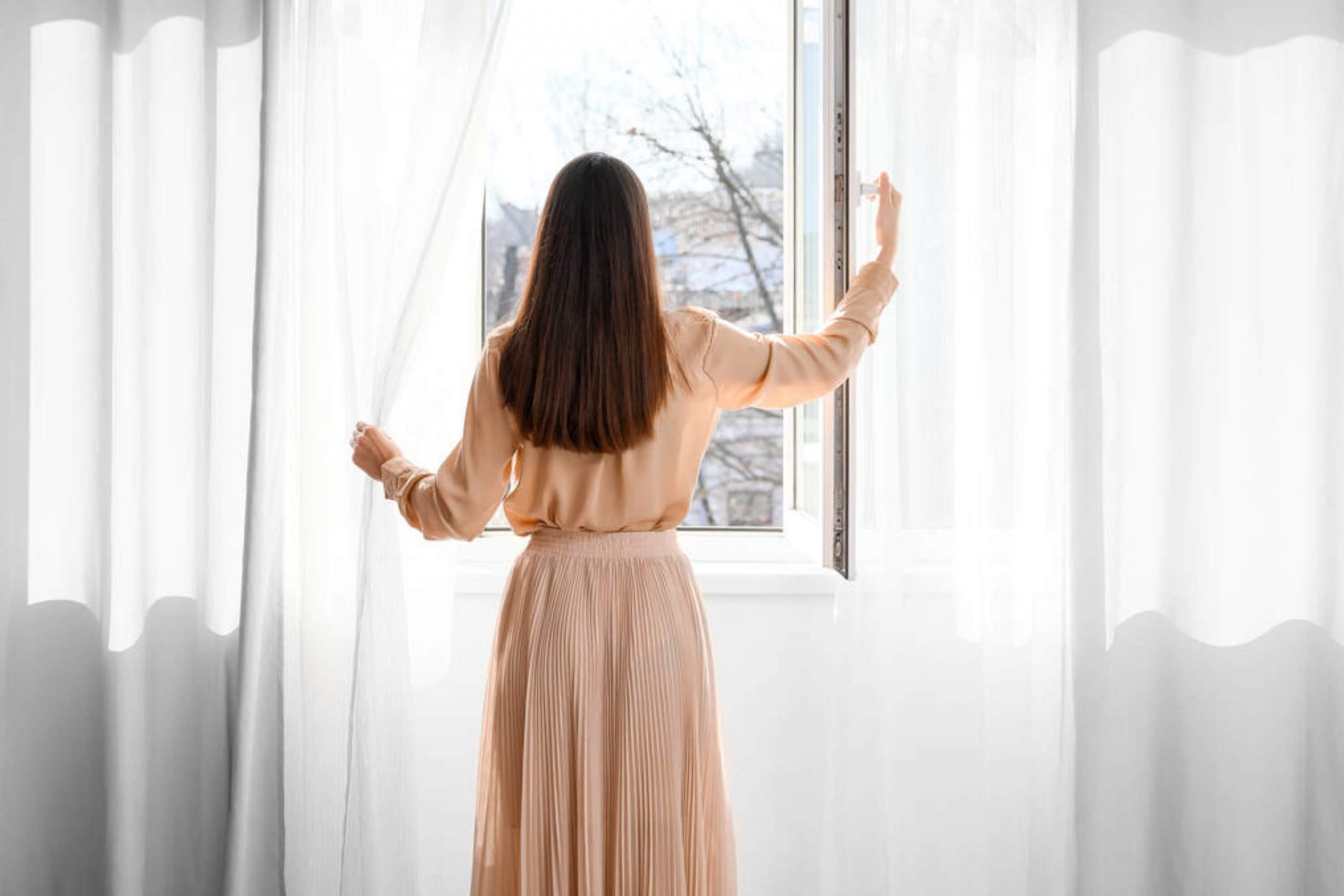
serezniy via crello
Open Two Windows
Natural ventilation that you get when opening two or more windows will create a cross draft of fresh air that will ventilate the room thoroughly. However, this type of ventilation can be very uncontrollable and thus most homeowners prefer using other alternatives.
Use a Few Box Fans
If your room has no windows, you can ventilate it as well. Open the door of the room and place box fans. Direct it to the open door for the fresh air to get in, and the bad air comes out.
To set up your fan or fans, you need to make several simple steps:
- Open a window in the room that is being painted
- Place the box fan on the window sill
- Open a window in another room
- Open the door between those two rooms
Ducted Rangehood
If you are painting your kitchen, your ducted range hood could be a great help. It is like a powerful exhaust fan that can help you get rid of paint fumes quickly.
A ducted range hood will filter the air in the room and thus it will make it clean while you are painting.
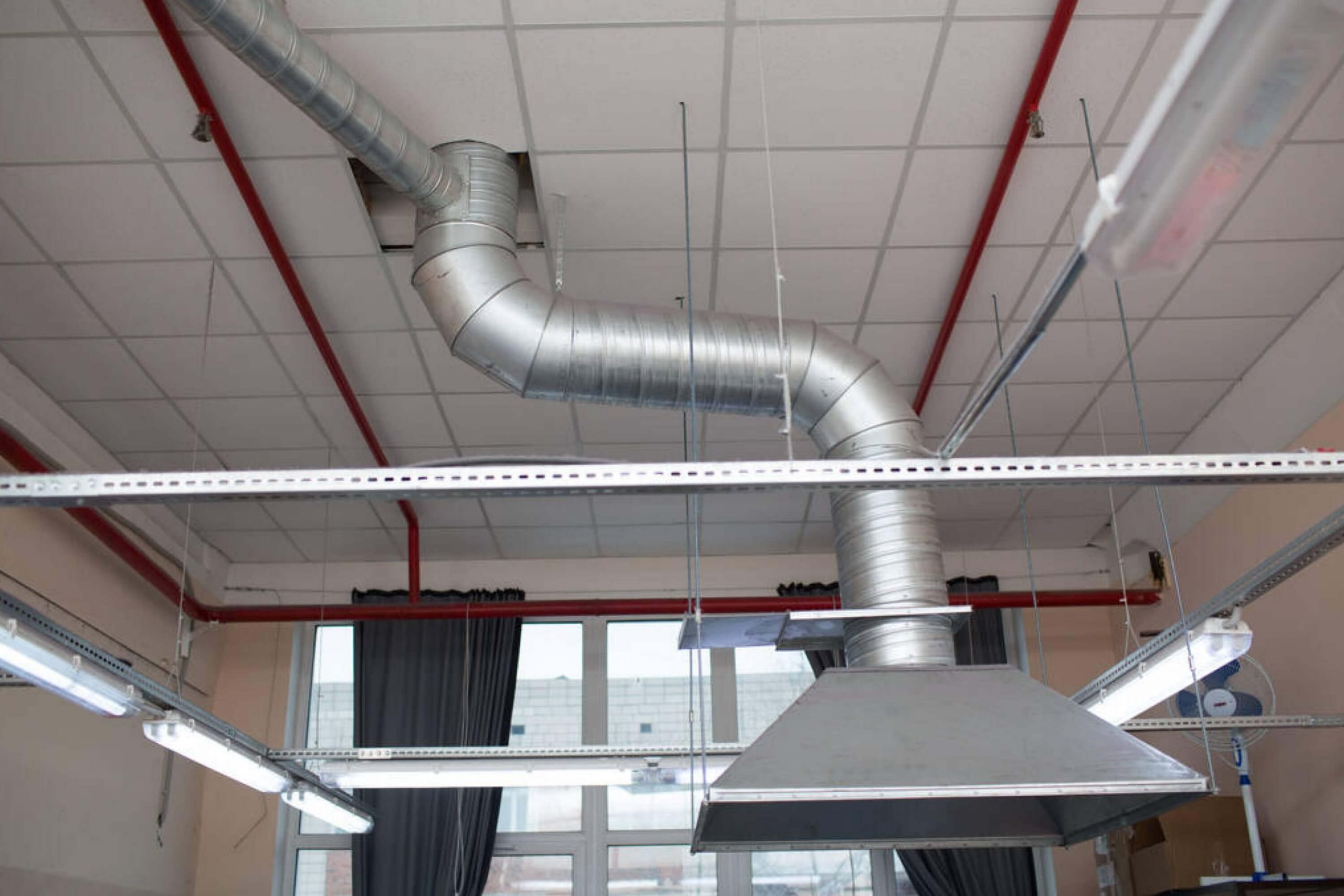
via crello
Turn On the House Ventilation System
Most houses and buildings have a central ventilation system nowadays. If you have installed a mechanical ventilation system, you should turn it on to create a steady flow of clean and fresh in the room.
If you have vents in other rooms, you should close them to force more air into the space where you are painting.
However, since the ventilation system is typically spreading fresh air among all the rooms in the building where it works, the amount of air that reaches the room you are painting will not be enough.
Luckily, we can offer you a couple of tips that will help you to increase the ventilation of one room.
- Close air vents in other rooms, but only while painting. This will force more air into the room that is being painted
- Turn the ventilation system all the way up
- Open a window in the room that is being painted
- Keep the door closed
With these life hacks, you will be able to ventilate a room much faster if you need to get rid of the paint odor instantly.

Extra Tips For Keeping You Safe While Painting
Ventilation, even though being very important, is only part of the safe painting process.
There are other things that must be kept in mind if you want to ensure you are safe during, and after the painting is done.
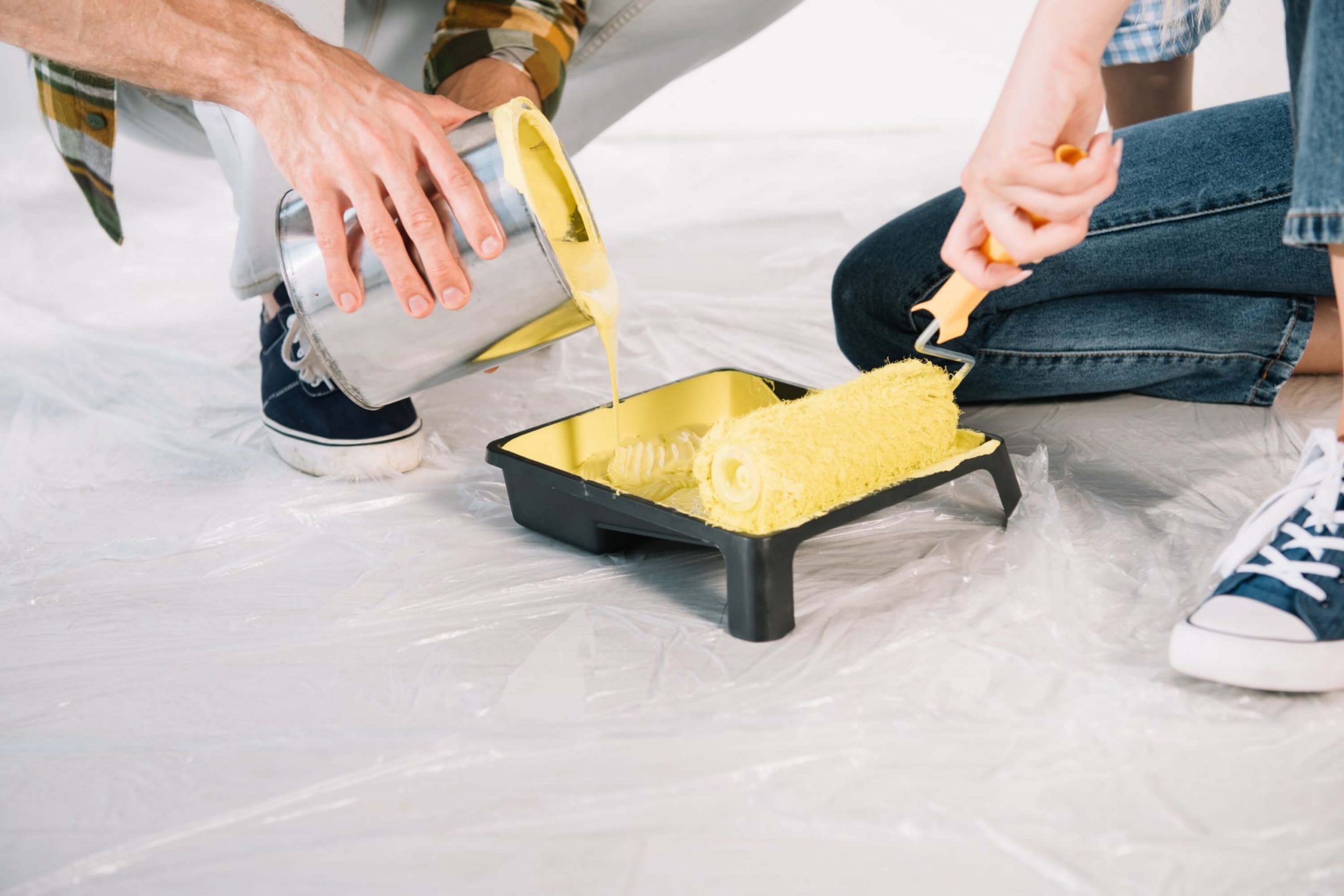
IgorVetushko via crello
Related: How to Dispose Of Acrylic Paint?
Schedule Painting On Dry Warm Days
Painting in the middle of the winter, or during the rainy season will make it very difficult to keep windows open for a long enough period of time. This makes ventilating the rooms much harder, as you can guess.
And even if you use fans to ventilate the room, they will bring in freezing air from the outside! Like that, you will only make the process worse.
This is why scheduling the painting project for a dry or warm period will make everything much easier.
When you are working in the cold, paint takes much more time to dry. This means that the whole project will take longer because you will have to wait before applying the second coat of paint.
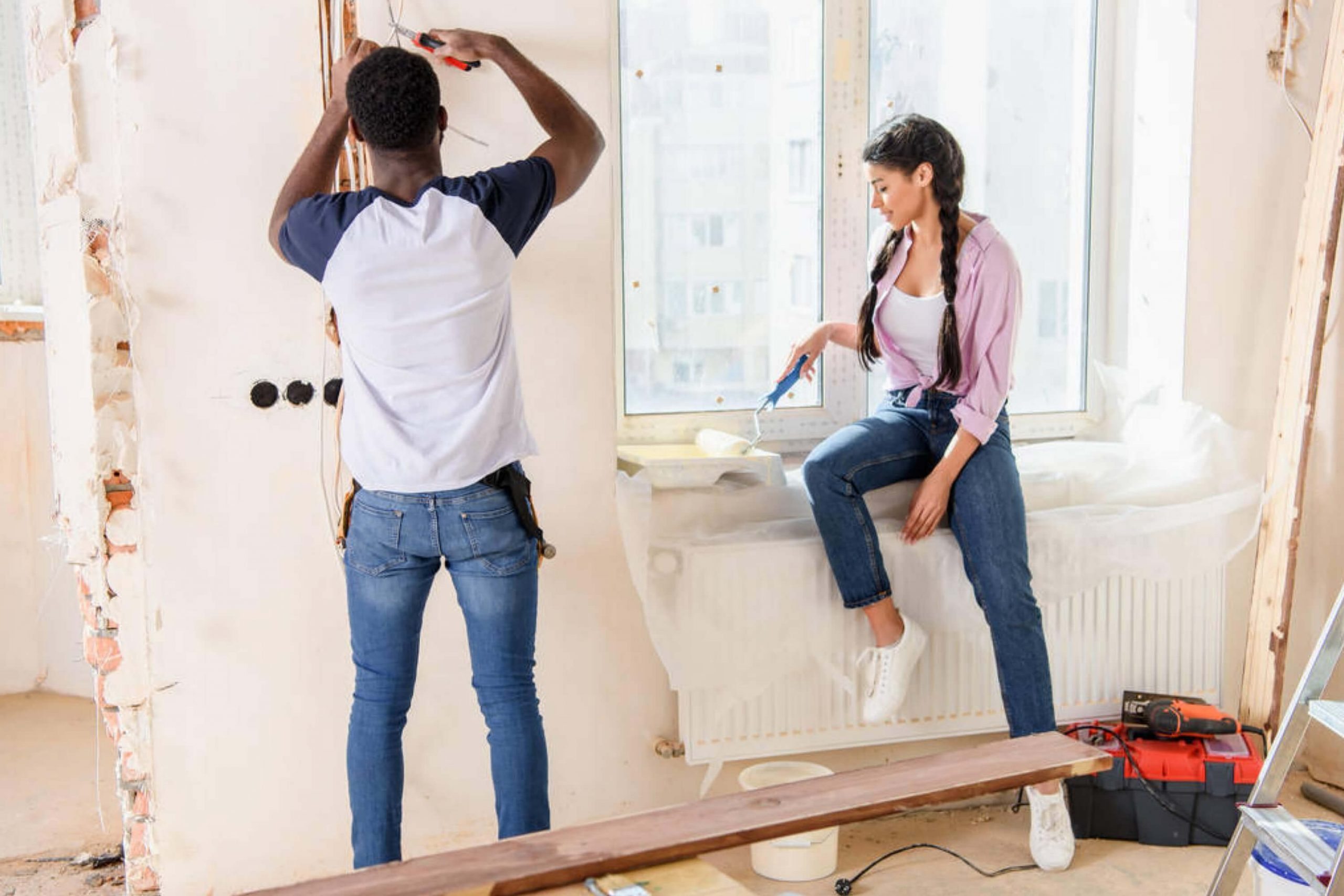
AndrewLozovyi via crello
Avoid Freshly Painted Rooms For a Few Days
Depending on which paint you use, there will be toxic fumes in the room for two or three days. So if it is possible at all, it would be much better to completely avoid freshly painted rooms for a couple of days.
And it does not matter which type of paint you used. Of course, there is no need to remind that people who have breathing problems, pregnant women and children should be especially careful!
Usually, water-based paints produce less chemical fumes in comparison to oil-based paints, for example. But it does not mean that water-based paints can’t be considered dangerous during the drying period!
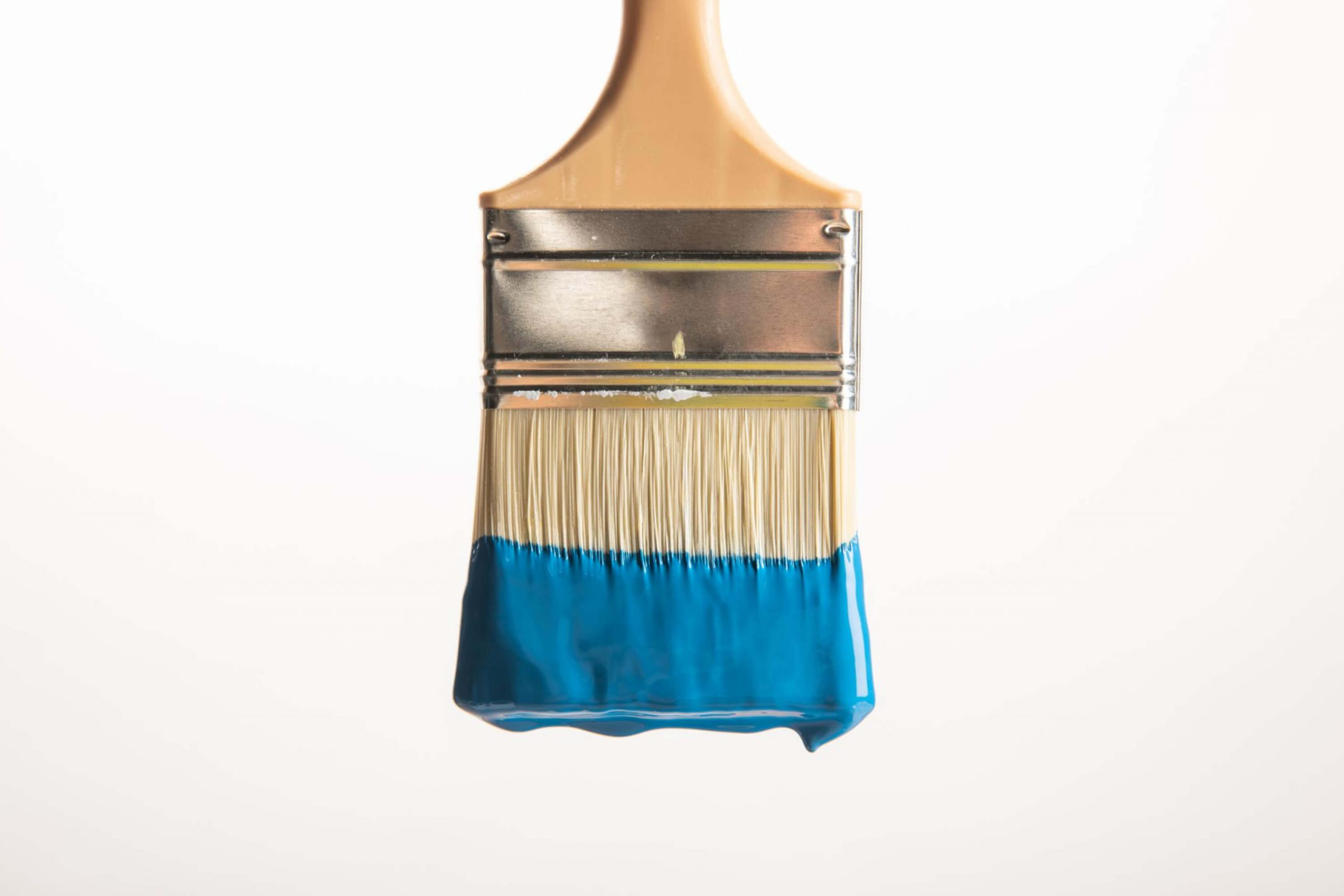
AntonMatyukha via crello
Related: Paint Can Sizes. All You Ever Wanted And Needed to Know In One Article
Use A Low Or Zero VOC Paint
Most of the VOCs are released when the paint cures during the first couple of days. This is why it is vitally important to avoid them during this period. See, when you are smelling the fresh paint smell, you are in fact breathing in all the volatile organic compounds in the air!
Also, you need to keep in mind that in a real building, there are many different building materials.
And all of them release some amount of toxic chemicals into the air. When they are all combined in a poorly ventilated space, this is where problems begin and people start getting sick because of inhaling those harmful fumes.
This is why so-called low/zero volatile compound paint is a good and safe option. Not only will the Zero VOC paint reduce the number of chemicals in the air during painting, but it will also drastically reduce the number of chemicals in the air years after painting.
Like this, now you know how much time a freshly painted room might need to be properly aired. With that in mind, you will be able to define how soon you can move back in and how fast the nasty chemical and smelly fumes will be gone.
Ever wished paint sampling was as easy as sticking a sticker? Guess what? Now it is! Discover Samplize's unique Peel & Stick samples. Get started now and say goodbye to the old messy way!
Get paint samples




Frequently Asked Questions
⭐Does putting an onion in your room help to reduce the paint fumes?
Yes, fresh-cut onion will help to get rid of the toxic paint fumes quite fast. Just leave it around the room overnight.
⭐Is painting with windows closed possible?
Yes, you can do that, but instead of opened windows, you need to turn on fans, for example, to ventilate the room.
⭐How to ventilate a room without windows?
To do that, you can use box fans or turn on the house’s ventilation system. Simply leave either of them turned on and working until fumes are gone.
4 thoughts on “How Long to Ventilate After Painting?”
Leave a Reply

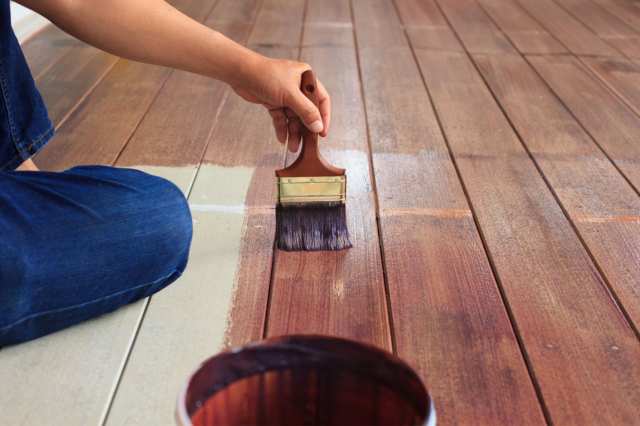
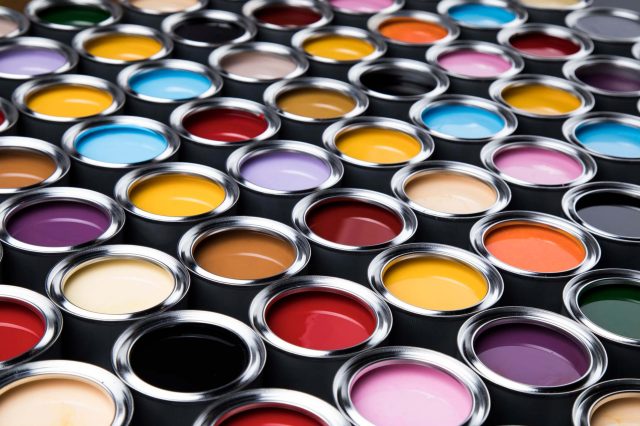
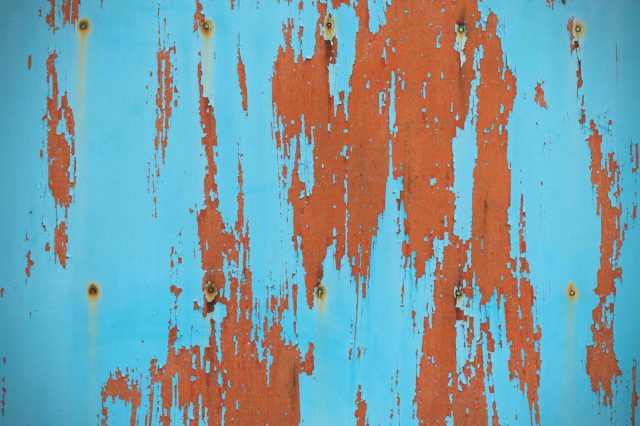
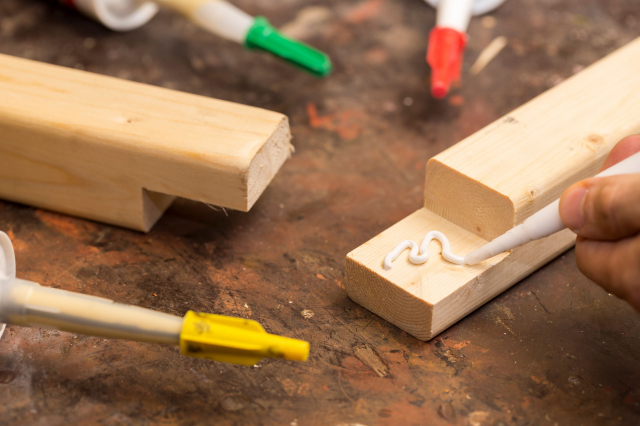



What do you do if you inhale paint fumes? Can that be dangerous?
Well, you won’t die if you breathe some paint fumes in. If you inhaled a lot, drink a small amount of milk or water while watching for symptoms of stomach upset like nausea, vomiting, or diarrhea. If you feel really bad, call Poison Control at 800-222-1222.
I have a question, folks. We are now painting our house’s exterior walls. But the smell of paint is unbearable! I can’t sleep! Can you stay in a house while it’s being painted?
You could stay inside if you used zero or low VOC paints for walls since they don’t have as potent of a smell. But since everyone has different tolerance levels to paint, I’d say you should consider moving out somewhere for a while.